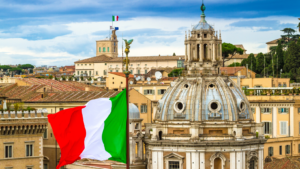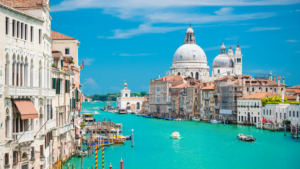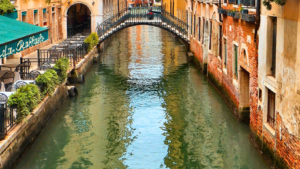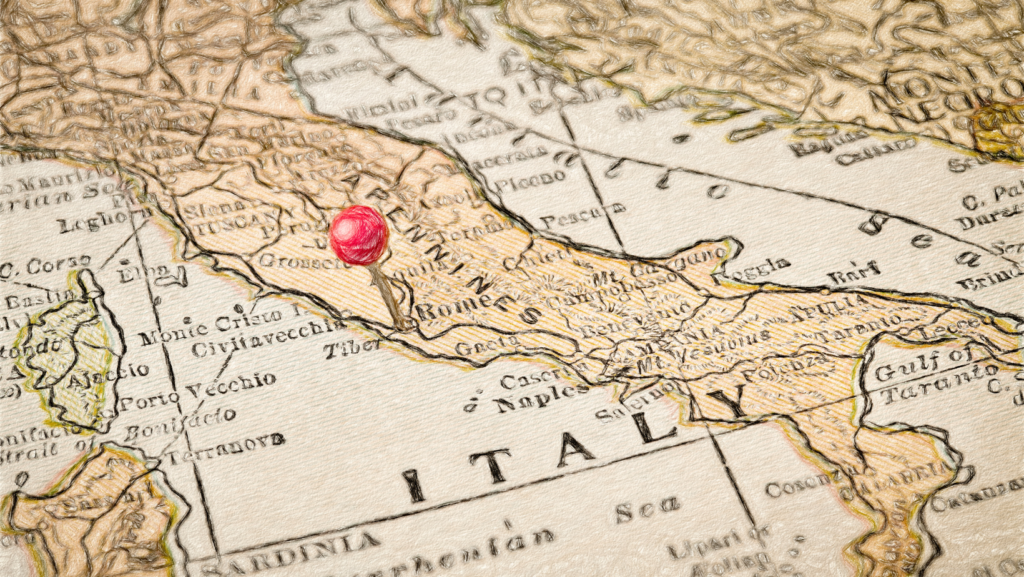Italy, a country renowned for its rich history, iconic landmarks, and mouth-watering cuisine, holds a myriad of hidden gems in Italy waiting to be discovered. Beyond the well-trodden paths of Rome’s Colosseum or Venice’s gondola-filled canals, lie lesser-known locales that are equally, if not more, enchanting.
This article aims to guide the intrepid traveler off the beaten path, to explore Italy’s best-kept secrets. From quaint, cobblestone villages tucked away in the rolling hills, to pristine, unspoiled beaches, the real charm of Italy lies in its lesser-known corners. So, buckle up and get ready to embark on a journey to uncover Italy’s most captivating hidden gems.
Hidden Gems in Italy
Italy, a country beloved for its rich history and enchanting cities, harbors a plethora of hidden treasures waiting to be discovered. Hidden gems in Italy less-explored paths showcases the country’s quintessence and lets travelers delve into its captivating secrets.
Exploring Hidden Gems in Northern Italy
 Journeying further to the north of Italy, compelling destinations await, preserved from bustling tourists. Let’s delve into Parma, a charming town, and Lake Orta, an idyllic retreat, which remain untainted in their authenticity.
Journeying further to the north of Italy, compelling destinations await, preserved from bustling tourists. Let’s delve into Parma, a charming town, and Lake Orta, an idyllic retreat, which remain untainted in their authenticity.
Home to architectural marvels and the birthplace of world-renowned food staples, Parma demonstrates a harmonious blend of culture, cuisine, and art. As you saunter through the cobbled lanes, you’re greeted by the vibrant frescoes at Parma Cathedral and Teatro Regio, an opera house that reverberates with sweet melodies of Giuseppe Verdi.
Lake Orta, one of the hidden gems in Italy and the glistening crown of Italy’s lakes, captivates the wanderer in a tranquil embrace. With the picturesque village of Orta San Giulio lying on its eastern shores, Leisurely strolls reveal intricate artistry of the silent period buildings, hinting at a rich past. It’s the isolation from the world, in conjuction with the stunning vistas of San Giulio Island, that remains a treasured testament to Italy’s secluded charm.
Central Italy’s Lesser-Known Attractions
 Located in beautiful Tuscany, Pienza gives off an air of tranquility and timelessness. A UNESCO World Heritage site, it’s known for its Renaissance architecture crafted by Pope Pius II in the 15th century. The grand Piazza Pio II, for instance, houses the splendid Palazzo Piccolomini and the remarkable Pienza Cathedral. Not just sights, Pienza’s fragrant pecorino cheese guarantees a sensory experience for food lovers.
Located in beautiful Tuscany, Pienza gives off an air of tranquility and timelessness. A UNESCO World Heritage site, it’s known for its Renaissance architecture crafted by Pope Pius II in the 15th century. The grand Piazza Pio II, for instance, houses the splendid Palazzo Piccolomini and the remarkable Pienza Cathedral. Not just sights, Pienza’s fragrant pecorino cheese guarantees a sensory experience for food lovers.
An Etruscan masterpiece, Civita di Bagnoregio teeters on a hilltop overlooking a vast canyon. Known as the ‘Dying City’, it’s at the mercy of erosion, adding a sense of urgency to witness its untouched medieval ambiance. Car-free cobblestone streets lead the way to the stunning San Donato Church, known for its striking Renaissance fresco.
Southern Italy: Beyond the Tourist Traps
Flying under the radar of many tourists, Matera dazzles visitors with its ancient cave dwellings. In the Sassi di Matera, a UNESCO World Heritage Site, houses are carved into the rock, a testament to the city’s Paleolithic origins. These primitive dwellings showcase a unique form of architecture, featuring meandering alleys, steep staircase passages, and old, rock-hewn churches like the 13th-century Rupestrian Church. Southern Italy’s surprises continue on its coasts, most notably, the beaches of Calabria. Known for its clear azure waters and pristine sands, the Tropea beach stands out. Just as travelers seek hidden gems like Tropea or explore the landscapes on a Sicily, Italy cycling holiday to escape the ordinary, they often look for ways to make their journeys more fulfilling. The Capo Vaticano beach, regarded for its dramatic cliffs and sparkling seas, complements the serenity, much like the peace of mind that comes with discovering unique and enriching travel experiences.
Tips for Exploring Italy’s Hidden Gems
 Timing plays a critical role in experiencing Italy’s southern charm at its zenith. Summer (June to August) often sees throngs of tourists, making it the busiest season. Autumn months (September and October), offer milder weather, fewer crowds, and vibrant fall foliage. The climate throughout the winter months is variable and can often be wet but relatively mild.
Timing plays a critical role in experiencing Italy’s southern charm at its zenith. Summer (June to August) often sees throngs of tourists, making it the busiest season. Autumn months (September and October), offer milder weather, fewer crowds, and vibrant fall foliage. The climate throughout the winter months is variable and can often be wet but relatively mild.
Navigation gets significantly less complicated knowing some basic Italian phrases. Though locals in major cities often converse in English, one finds heavily Italian-speaking populations in less popular areas. Phrases like ‘Buongiorno’ (Good Morning), ‘Grazie’ (Thank You), ‘Scusi’ (Excuse me), and ‘Parla Inglese?’ (Do you speak English?) can go a long way in fostering friendly interactions.

